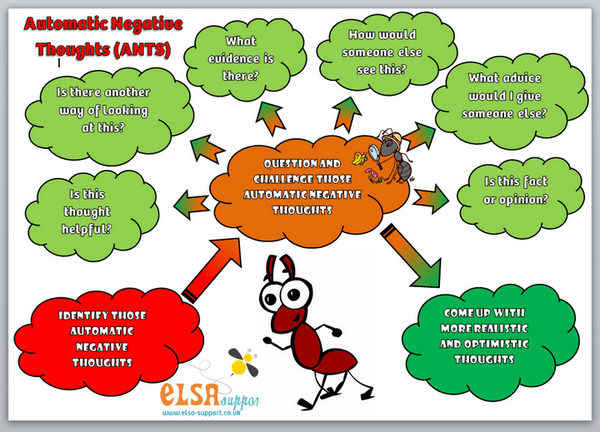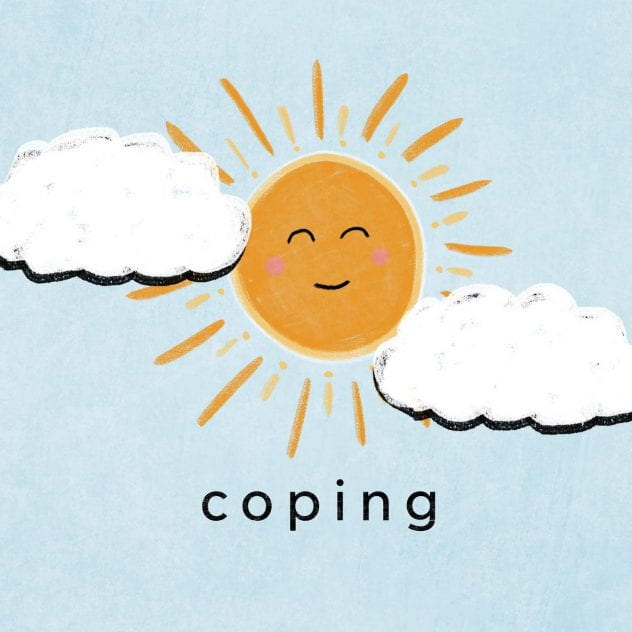Do you ever find yourself thinking thoughts like everything is terrible? Nothing is going right? Everybody is mean? Words like everything, nothing and everybody are extreme words that, while they certainly express how you are feeling, aren’t the reality. They fall under the category of Thinking Errors. These all or nothing thoughts often happen when we are feeling upset or unhappy…and they are not very helpful! Here are other thinking errors that we sometimes make:
- negative glasses – when you only see the negative things that happen
- positive doesn’t count – you down play the good things that happen
- blowing things up – negative things become bigger than they really are
- mind readers and fortune tellers – you expect things to go wrong
Take a look at the following examples and see if you can spot the thinking errors:
- People are always unkind.
- John went on a field trip to the water park. When mom asked him if he had a good time he said, “No, I didn’t like my lunch.”
- My friends will think I look silly with these shoes.
- Joanne scored a goal during her soccer game. When her coach said how well she had played, she thought, “that was just lucky, I am not a good player.”
- Sean did poorly on a math test and he got really upset and said, “I’m so stupid! I hate school and I’m terrible at it!”
Now go back and see if you can reword the thinking errors into facts, like this:
- People can be mean sometimes.
- John: “We got to slide down so many water slides!”
- I like these shoes, and I bet my friends will too!
- Joanne: “I did really well at soccer today! I will keep practicing and get even better.”
- Sean: “That was a hard math test. I will need to talk to my teacher to see what I did wrong and study harder for the next one.”
Sometimes these thinking errors are called Automatic Negative Thoughts or A.N.T’s (see chart below). We often repeat these negative thoughts, these thinking errors, without realizing it. As you go about this week, try to be more aware of how you respond to situations and if you notice that you tend to fall into these thinking errors, see if you can work at changing your thinking from negative (unhelpful) to positive (helpful). If you have a journal, writing down the things you notice can be a great tool to help you on your way!



